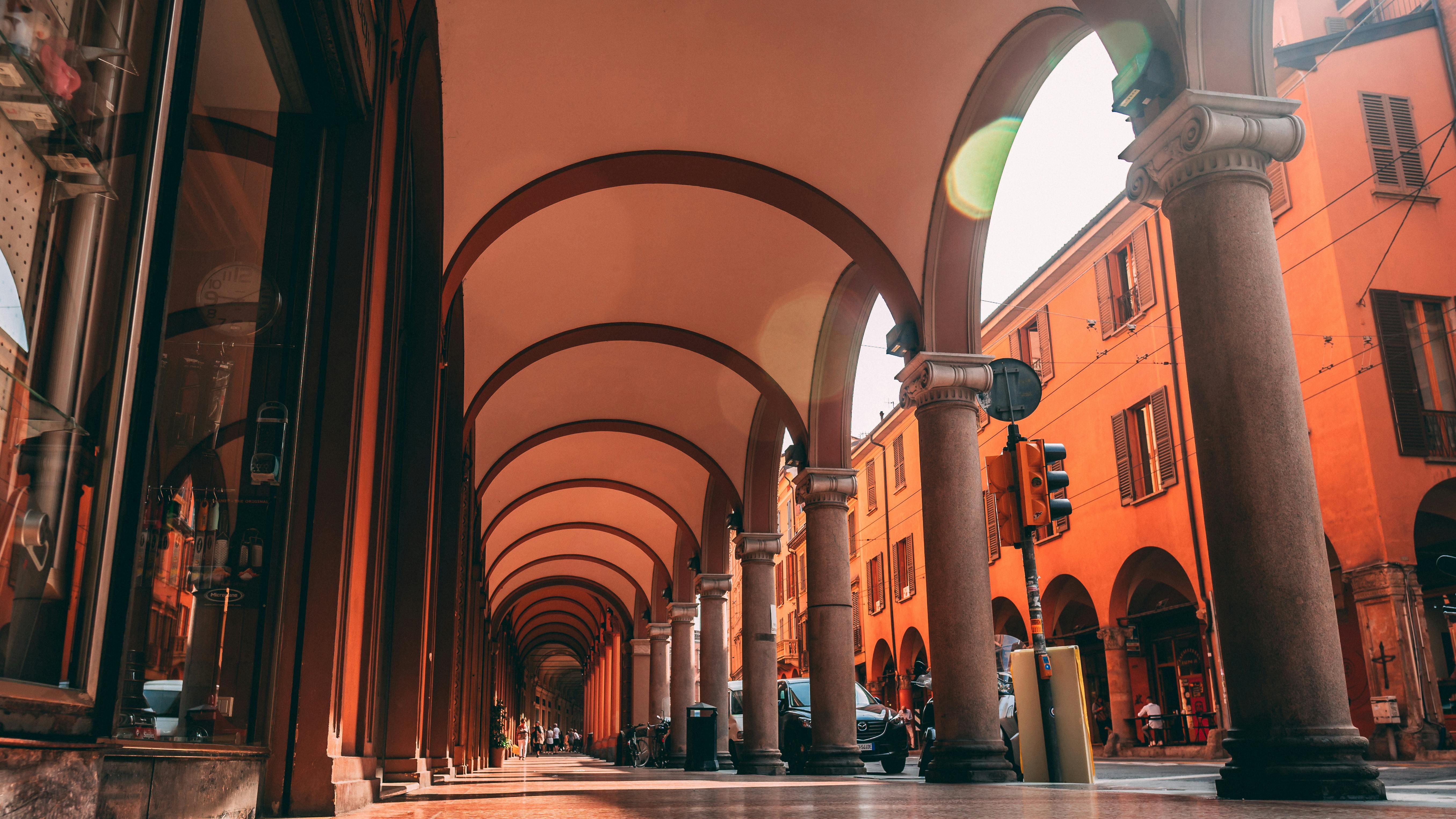
How to install a solar energy system in your home
We have always had free sunlight available to us. But we always had reasonably priced electricity for our houses. But as coal and oil have become more expensive, the price of electricity has also risen and continues to rise.
Today, solar power systems, once thought of as quaint curiosities, are becoming more affordable and practical. It’s also getting easier to find the components to put together a home solar setup. Sunlight has always been there for us, except in the most polar regions that suffer from frost most of the year. But with today’s newer technology, the effectiveness and efficiency of solar equipment improves every year.
As long as your home receives sunlight for much of the year, you can use solar power. And in warmer climates, where there is a lot of sun, a solar-powered home is very attractive and very practical.
It doesn’t take much sunlight to generate electricity. But you will need enough photovoltaic panels to produce enough electricity for your needs. Some people find that it makes sense to try to reduce their electricity use at the same time they start moving to a solar-powered home. With just a few photovoltaic panels, you can generate the necessary electricity for your home. Even if you live in a small house, you can install a solar panel.
One of the biggest problems with modern houses is that they face the street and not the sunlight. This makes it more difficult, but not impossible, to set up all of your solar panels correctly. To capture the most sunlight and generate free electricity or hot water, your solar photovoltaic panels or solar hot water panels should capture sunlight for as many hours of the day as possible. Effectively, this means sunbathing at noon. The midday sun is in the south if you live in the US, Canada, and Europe, or north if you’re in South America, South Africa, Australia, or New Zealand.
Solar hot water panels are usually installed on the roof of the building, because this allows for short water pipes for less heat loss from the hot water. Solar electric panels can also be erected on the roof, but where this is not practical or the roof is facing the wrong direction, it is possible to place the solar panels on a separate pole or tower not far from the house. You typically need short wiring lengths due to voltage drop.
Solar power systems today are more efficient than they were a few years ago and can generate useful amounts of electrical power from less sunlight. Today’s solar panels can be installed at steeper angles and still work just fine. Older panels needed to be as wide as possible for the sun’s rays. So even if your home doesn’t have an ideal south or north sky orientation, it should still be possible to generate a useful amount of solar power and solar hot water.
Solar panels are usually attached to a support frame. Some frames are designed so you can change the elevation and direction of the solar panels for winter or summer. (The winter sun is lower in the sky.) As your home solar power system expands over the years, as it surely will, you can add more solar panels and the frames to hold them. You can buy them ready-made or you can build them yourself if you have some home maintenance skills and some simple tools.
Before installing solar panels, you need to calculate the energy consumption of your house. To calculate your monthly energy use, you will need to read your previous electric bills and calculate your average energy use. Once you’ve done that, you can select the correct size for your system.
If you’ve never used solar power before, it might be best to start simple. Leave room for growth as well, so you can expand the power capacity little by little, especially if you don’t have a lot of funds. Even if you use solar energy as an alternative, you will be able to reduce your energy bills in the future.
For simple projects, you can start working on exterior lights, decorative fountains, and the like. Later, you can use solar power for your indoor electrical needs.
When installing a solar power system, you will need a DC to AC power inverter. Choose the correct inverter to meet your electrical needs. Even if you are planning a small electrical system, it is sensible to get a larger inverter. That way you can easily expand it in the future.
If you have limited electrical knowledge, please hire a qualified person or an electrician to connect the power inverter. Your solar power system must be properly merged with your home’s electrical system. Dangerous voltages are present and you could be electrocuted. Only an electrician can meet local codes for your project to be officially approved.
In some countries, your local government may offer incentives to homeowners who install solar. It can even be a tax saver in some circumstances.